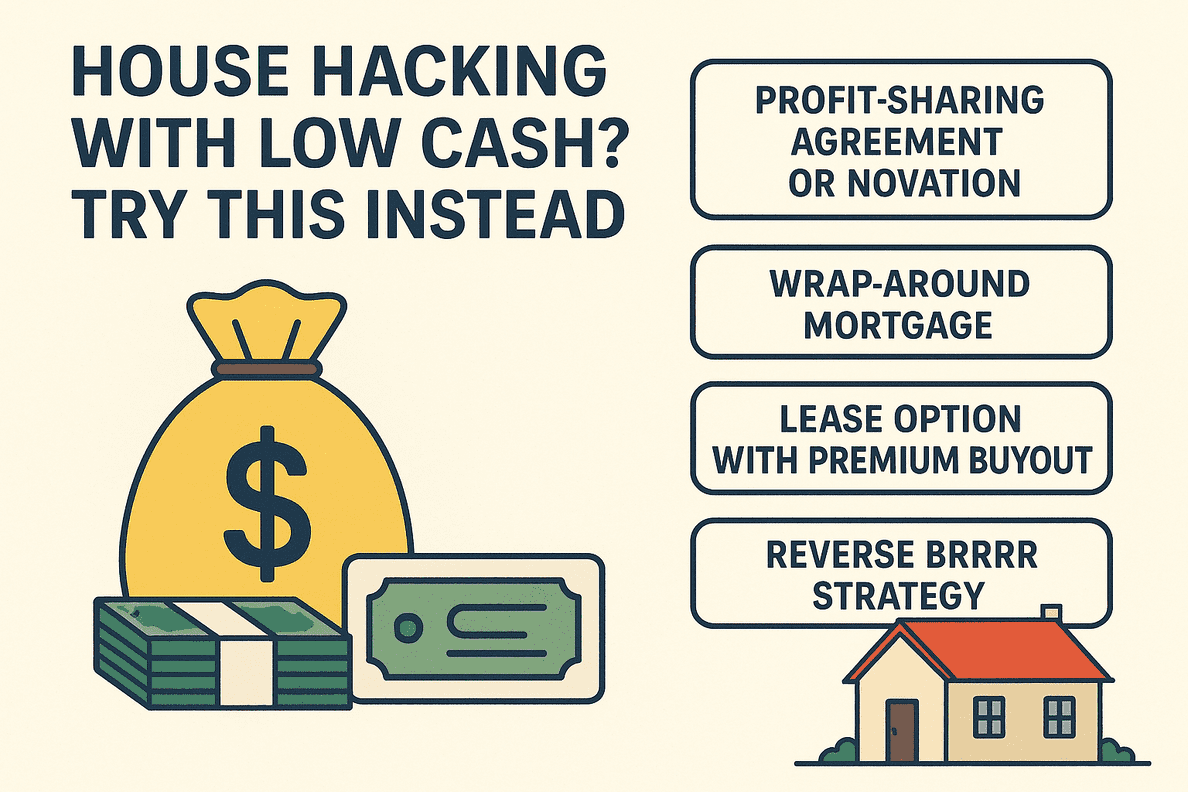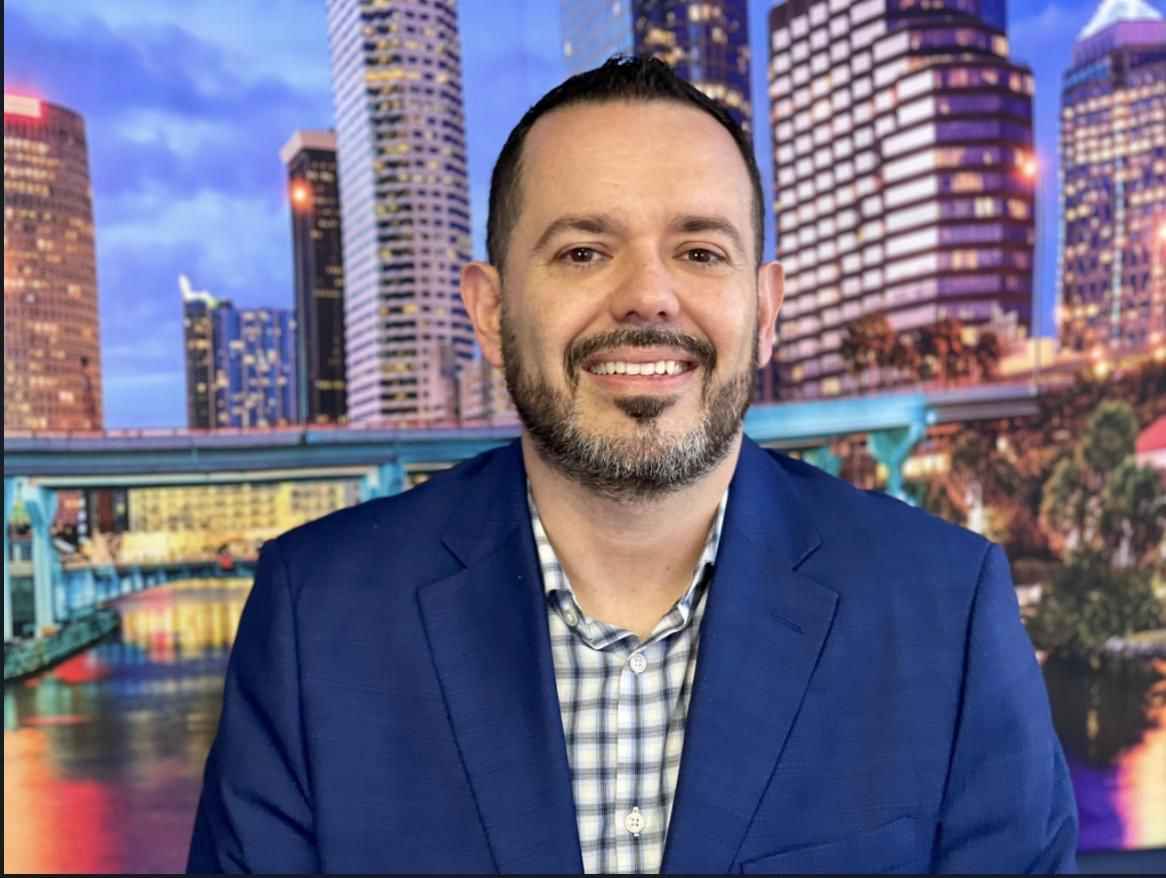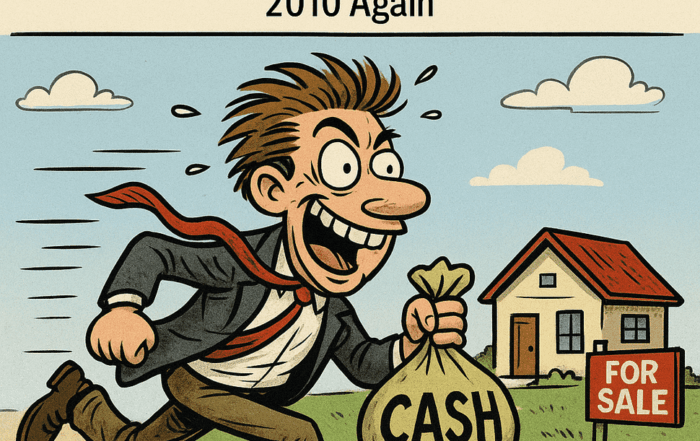
House Hacking with Low Cash? Here’s How I’d Do It Instead of a 203k Loan
Let’s be real: Most first-time investors get excited about house hacking until they realize one cold truth—their cash pile is closer to “taco money” than down payment money. I see this all the time with new clients. And trust me, I’ve been there too. Back when I started, I didn’t have much either. What I did have was hustle, a few crazy ideas, and the willingness to look at real estate like a puzzle that needed solving.
And here’s the thing—you don’t need $200K in cash to get started. You just need to use your $200K pre-approval wisely and pair it with creative thinking.
I’m going to break this down step-by-step for anyone trying to house hack with little to no cash. We’re not using 203k loans here—not because they’re bad, but because they’re slow, rigid, and most sellers won’t wait around for all the red tape. Instead, I’ll walk you through what I’d personally do (and have done): seller financing, novation agreements, wrap-around mortgages, and the reverse BRRRR strategy.
This is the guide I wish someone had handed me years ago.
Step 1: Forget the 203k Fantasy (For Now)
You’ve probably heard people say, “Just get a 203k loan! It lets you roll the rehab into your mortgage!” Sounds like magic, right? In theory, yes. But in reality? Sellers hate it. Lenders drag it out. Contractors need to be licensed and insured to meet lender requirements. And heaven forbid you want to do the work yourself—nope, can’t do that either.
So unless you’re buying from a super patient seller who’s cool with you taking 90 days to close, this route will only cause frustration. Let’s do better.
Step 2: Look for Sellers Who Will Work With You
If I had a dollar for every deal I structured with creative terms, I could probably buy another duplex. Most sellers are willing to work with you if you frame the offer correctly. Here’s how:
-
Find distressed or tired landlords. These folks just want out. They’re not trying to squeeze every penny; they want peace.
-
Pitch them a solution, not a lowball. Instead of offering $160K on their $200K duplex, offer full price but with a novation agreement. This lets you handle repairs and resell or refinance, while giving them a cut of the profit. You fix it, rent it, or flip it—then pay them.
-
Ask about seller financing. Even if it’s just for repairs or closing costs, partial seller financing gives you more breathing room. You’d be surprised how many sellers are open to it once they understand the benefit.
I once had a seller give me $15K worth of repairs as a credit, in exchange for a small bump on the back end. That deal cash-flowed from day one.
Step 3: Use a Wrap-Around Mortgage
Now we’re getting into the fun stuff. If the seller still has a mortgage, you might be able to do a wrap-around mortgage. It sounds complicated, but here’s the simple version:
-
The seller keeps their existing mortgage in place.
-
You agree to make payments to them that “wrap around” the existing loan.
-
You take control of the property and start fixing or renting it.
Why is this cool? Because it lets you take over a property without going through a bank right away. You can negotiate better terms, maybe even below market interest, and delay the refinance until after the rehab or tenant placement.
This move alone can save you tens of thousands in upfront costs.
Step 4: Lease Option with a Premium Buyout
Sometimes, the seller wants to sell but isn’t quite ready to hand you the keys. Maybe they need a few more months, or they want some form of guarantee. That’s where a lease option comes in.
Structure it like this:
-
You lease the property now.
-
You have an option to buy it at a pre-agreed price within 6-12 months.
-
You pay a premium at the end if you exercise the option.
This gives you time to:
-
Fix it up,
-
Start renting out units,
-
And get your ducks in a row for DSCR refinance.
It also gives the seller peace of mind that they’ll get paid later.
Step 5: Do the Reverse BRRRR
Now we’re really cooking. Most people know the BRRRR strategy: Buy, Rehab, Rent, Refinance, Repeat. But what if you’re low on cash and need to own it first before you start fixing it?
Enter the Reverse BRRRR:
-
Buy it with private money or seller financing.
-
Fix it using budget-friendly materials and smart labor (think: YouTube + a reliable handyman).
-
Rent it out—or better yet, move into one unit and rent the others.
-
Refinance with a DSCR loan once it’s stabilized. These loans don’t care about your W2 job. They care about the income the property generates.
I’ve done this more times than I can count. The trick is to make the deal work on paper first. You need to:
-
Know your after-repair value (ARV).
-
Estimate repairs conservatively.
-
Assume you’ll be eating peanut butter sandwiches until the refi is done.
Step 6: Use Private Money (The Right Way)
Private money is your best friend when cash is tight. But don’t go into it blindly. Here’s how I suggest approaching it:
-
Talk to friends, family, or fellow investors. Offer them a return, but structure it like a bridge loan. Short-term, with the DSCR refinance as the exit.
-
Be transparent. Don’t pretend you’ve got it all figured out. People will invest in you if they trust your hustle.
-
Create a simple promissory note and mortgage. Nothing fancy, just something legal to protect everyone involved.
Even $20K from private money could cover closing costs, some rehab, and reserves to make your lender happy.
Step 7: Maximize Your Rent Strategy
Once you’re in the property, your job is to squeeze the juice from every square foot.
-
Roommate model. If you live in one unit, rent out the rooms or beds (yes, co-living is a thing).
-
Short-term rental mix. Some areas let you do Airbnb part-time. Use one unit for STR, one for LTR.
-
Convert extra space. Basement? Garage? Florida room? Find a way to rent it out legally (or creatively).
The more income the property brings in, the better the DSCR refinance will go.
Step 8: Refinance with DSCR and Keep It Moving
Once everything is rehabbed and rented, you’ll go to a lender for a DSCR loan. These are built for investors:
-
They don’t require personal income docs.
-
They only care about rental income vs. expenses.
-
If your DSCR ratio is 1.1 or higher (rent covers 110% of expenses), you’re golden.
Pull that equity out and get ready to do it all again.
Real Talk from the Field
I remember one property I got into with less than $5,000 out of pocket. I used private money to close, negotiated repairs with a seller who was tired of being a landlord, and used the lease option to delay the purchase. Within six months, I was living in one unit, renting the rest, and refinancing into a 30-year fixed with a DSCR lender. That property now gives me $900/month in cash flow, and it all started with barely any cash.
This isn’t theory. It’s how real investors get started every day. You just need the right mindset and playbook.
Final Thoughts
If you’re working with a $200K pre-approval but have low cash, don’t let that stop you. The key is to:
-
Build relationships with sellers.
-
Negotiate smart structures (novation, wrap, lease option).
-
Use private money carefully.
-
Leverage DSCR loans to refinance.
And most of all—think like an investor, not a shopper. Look at every deal and ask: “How do I make this work with what I have?”
I promise you, there’s a way. I’ve done it. My clients have done it. You can too.
Keep it consistent, stay patient, stay true—if I did it, so can you! Ready to learn? Let me guide you at propertyprofitacademy.com – Jorge Vazquez, CEO of Graystone Investment Group & its subsidiary companies and Coach at Property Profit Academy
Pick your expert. Book your free 15-minute consult now. We are here to help!
Our Top Articles
How Does a Property Flipper Make a Profit in 2025?
Jorge Vazquez2025-07-11T20:16:48+00:00July 11th, 2025|Comments Off on How Does a Property Flipper Make a Profit in 2025?
How Does a Property Flipper Make a Profit in 2025? By Jorge Vazquez, CEO of Graystone Investment Group It's [...]
The College Rental That Nearly Schooled the Landlord: Lessons from Bradley’s Student Housing Fiasco
Jorge Vazquez2025-07-10T19:32:35+00:00July 10th, 2025|Comments Off on The College Rental That Nearly Schooled the Landlord: Lessons from Bradley’s Student Housing Fiasco
A "Safe Bet" Gone Sideways Bradley is one of those agent-investors we all admire. Sharp, experienced, hands-on, [...]
Opportunistic Buyers Are Back: Why Florida’s Real Estate Market Feels Like 2010 Again
Jorge Vazquez2025-07-09T01:10:13+00:00July 8th, 2025|Comments Off on Opportunistic Buyers Are Back: Why Florida’s Real Estate Market Feels Like 2010 Again
If you were around during the aftermath of the 2008 crash, you might remember that eerie silence around 2010—the [...]
Property Profit Academy:
✔ Learn to buy properties with little to no money down.
✔ Build a $10M portfolio step by step.
✔ Master strategies like BRRRR and house hacking.









